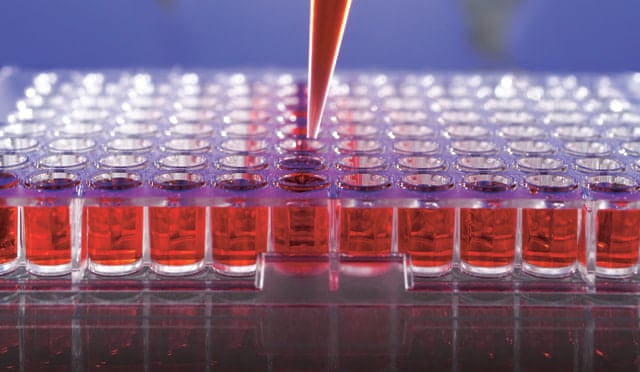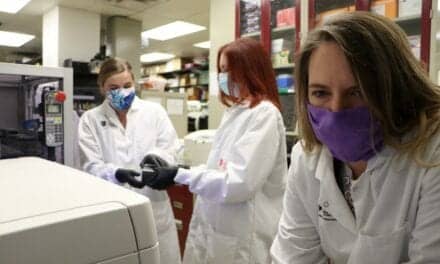By Melanie Hamilton-Basich
The covid-19 pandemic is still the main topic of conversation—for good reason. The virus that hijacked 2020 continues to impact our personal and professional lives on a daily basis, from the changing guidelines we follow to limit transmission to the items that can be difficult to come by.
In the clinical laboratory world in particular, the domino effects of the SARS-CoV-2 virus and the disease it causes are being deeply felt. Yet we’re starting to see some signs of a shift, if ever so slowly.
Covid-19 testing, although the demand for it is declining, is still depleting the supplies being used for them. Shortages of reagents, pipettes, pipette tips, instrumentation, and specimen transport devices are impacting the ability to conduct not just covid-19 testing, but any testing and research that requires the use of such laboratory mainstays. A worldwide shortage of plastics, especially pipette tips, is causing more problems. Exacerbating matters further, ships arriving at port must quarantine before unloading any cargo, including laboratory supplies, sometimes for weeks.
But laboratorians and scientists continue to not just make do, but to make progress in their work despite the challenges the covid-19 pandemic poses. They are using what they do have at their disposal to help transition to a world where covid-19 is not our top concern.
For example, as increasing deployment of covid-19 vaccines brings us closer to some semblance of pre-pandemic normalcy, serology testing for SARS-CoV-2 will likely be key in assessing vaccine effectiveness throughout the next months and years. And because concern over covid-19 transmission has limited many elective procedures, clinicians who would normally use a duodenal biopsy with histological analysis to diagnose celiac disease in patients may alternatively look to serology as a diagnostic indicator.
Although the pandemic dominates headlines, there are other topics that are also newsworthy for laboratories. As you’ll read in our cover story, key biomarkers found using dual-stained cytology can detect burgeoning cervical cancer without relying on colposcopy or surveillance.
While the world adapts to yet a newer normal, Clinical Lab Products is also in a state of transition. Beginning with our next issue, Chris Wolski will be joining CLP as chief editor. As we continue to navigate advancements in laboratory testing and diagnostic procedures, all of us at CLP will be along with you for the journey.





